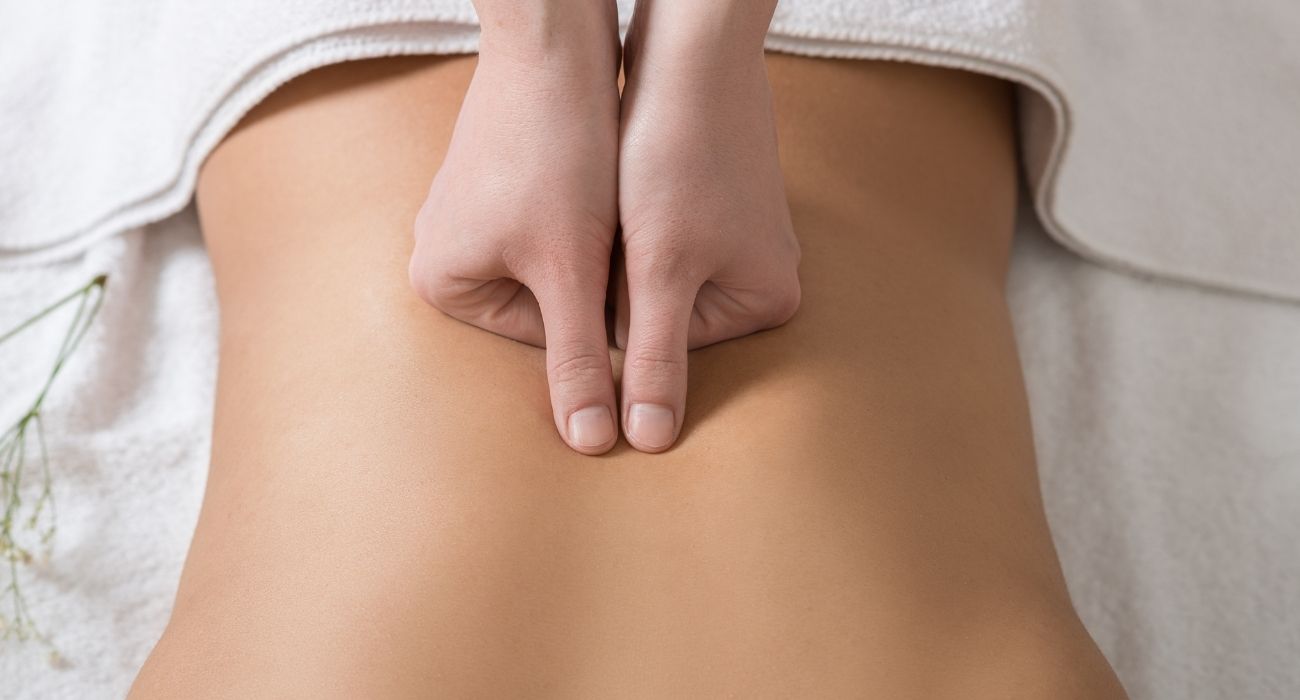Retinol is a wonderful, separate universe. We’ve heard something about it, but we avoid it and don’t know how to approach it. Cosmetologists say that retinol is the gold standard of skin care: it solves almost all problems – from acne to wrinkles. At the same time, people with sensitive skin are afraid of it, and in some countries you may buy it only with a doctor’s prescription, and after you sign a receipt saying that you know about its contraindications and are not going to get pregnant in the next year. In this article, you will learn How to Use Retinoids for Wrinkles.
What is retinol?
Retinol is one of the forms of vitamin A, as well as the most common popular name for all forms of vitamin A (for convenience, we will continue to call it that in the material). Although it is correct to call them retinoids. The most effective form of vitamin A that can affect human skin cells is pure retinoic acid. All other forms of vitamin A, once applied to the skin, must go through a transformation to retinoic acid before they can affect cells. Most retinoids are only precursors to retinoic acid. The list of popular retinoids in descending order of effectiveness is as follows: retinoic acid, retinaldehyde, retinol, retinol palmitate, retinol acetate. But this is not the entire list of vitamin A derivatives.
How Retinol Affects the Skin
Retinol helps skin cells work properly. In fact, retinol helps fight wrinkles, acne, and dry skin.
- Accelerates cell renewal (problem: wrinkles, hyperpigmentation). Normally (e.g. in a child) the cell renewal cycle takes 28 days. In an adult, this process slows down, the cells from the skin surface are not exfoliated in time – there is a thickening of the skin. Retinol helps speed up the cell renewal process and bring it closer to the physiological norm. That’s why if a person has accumulated a lot of extra scales on the surface of the skin, at first the person notices increased skin peeling, dryness, tightness. But after a while the skin condition stabilizes.
- Regulates the sebaceous glands (problem: acne). The child does not have enlarged pores, black dots and inflammation. The problems come when the hormones are activated – in adolescence. Retinol stabilizes sebaceous glands: pores shrink, inflammation disappears.
- Increases skin firmness and elasticity (problem: wrinkles, dryness). Retinol stimulates fibroblasts, which are responsible for the production of collagen, elastin and hyaluronic acid and which begin to work slower with age (after 25 years). It is scientifically proven that the best ways to stimulate fibroblasts are injections of hylauronic acid (biorevitalization), laser resurfacing and retinol. That is why retinol is recommended for dry skin.

